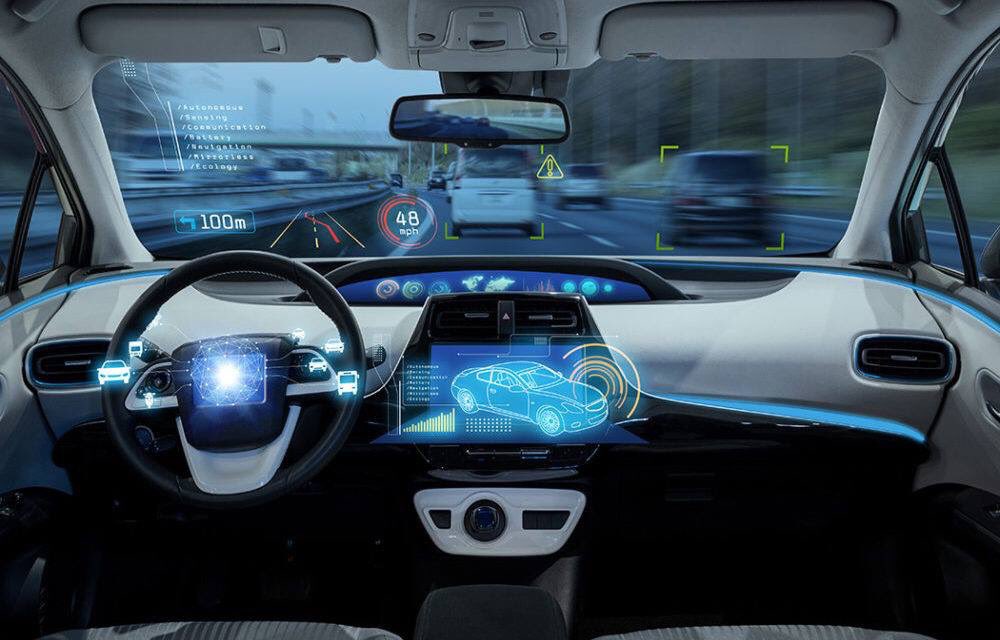A report recently published by Queensland Government in Australia, on the study ‘ Map creation, monitoring and maintenance for automated driving’ gives well-deserved recognition to the work of three ERTICO Innovation Platforms: TN-ITS, ADASIS and SENSORIS.
The Australian report, available online, contains an extensive analysis of the used mobility data space related methodologies in Europe. The study highlights in particular the work done by the ERTICO platform TN-ITS and presented in its published reflection paper ‘The future of a Common European Mobility data space‘. TN-ITS facilitates and fosters the exchange of ITS-related spatial road data between road authorities as trusted data providers and data users, such as map makers and other parties. The reflection paper certifies the propagation of the TN-ITS data share methodology, based upon CEN/TS 17268:2018, to exchange map ‘base layer’ data updates , created by Member States Road authorities, as trusted data sources, to data processors and service providers.
The Australian study conducted a comprehensive review of the use of prior maps in automated vehicles, with a particular focus on the potential role for government in developing, monitoring and maintaining these maps. TN-ITS is rightfully being considered as a valid and easy way to deploy technology for the exchange of information on changes in static (not‐changing) road attributes. As the study validates the need to for the TN-ITS goals reached: ‘Currently there are many different data storage formats for GIS data and it is difficult to convert between them. The objective of TN‐ITS is to create a common exchange format, “enabling creation of plugins to existing (legacy) systems for extraction of information on changes in road attributes”. These legacy systems are typically the digital systems of the road authorities. This will enable immediate updates for HD map providers, when road authorities make changes to the road network, such as adding a new traffic light, or a new give‐way sign.’
The study also emphasises the importance of public-private partnerships – as a win-win approach to successfully move forward and take leadership in deploying the full mobility data space, establishing digital twins and enabling innovative applications and services to the benefit of the market and end user applications. The recent call of the European Commission for the further federation of National Access Points within the EU is an opportunity for TN-ITS to further support and enhance the accuracy, quality and trust properties, being values recognised by the end user and service provider alike.
The two platforms ADASIS and SENSORIS, which the Australian government study refers to, make reference to the key world standard they develop. The one developed by ADASIS enables Advanced Driver Assistance Systems to access map data ahead of the vehicle and thus optimise vehicle functions. The one developed by SENSORIS defines the data interface for uploading vehicle sensor data to the cloud transforming each vehicle as a multi-sensor probe.
As the report explains, in the EU, the development of connected and automated vehicle technologies has been a major policy item for many years, with ERTICO – ITS Europe being a major partner in this development. ERTICO has been responsible for the establishment of many European and global initiatives including ADASIS, SENSORIS, TISA, and TN‐ITS.
Jean-Charles Pandazis, coordinator of the ADASIS and SENSORIS platforms, clarifies that the “ADASIS standard (v2) has already been used in many vehicles since 2012, by trucks for predictive powertrain control systems reducing fuel consumption and therefore CO2 emissions. It is now evolving with its new version (v3) to support Automated Driving functions”. The SENSORIS standard is more recent (2019). He added: “Its first application will enable for example the use of sensor data uploaded to the cloud to update HD map data leading to self-healing map functionality which is expected to reach the market in 2021″.
The report concludes that in the EU, the primary driver for the deployment of connected and automated technology is the goal of improving road safety – a major EU policy objective called ‘Vision Zero’, which aims to reduce road fatalities to almost zero by 2050.

